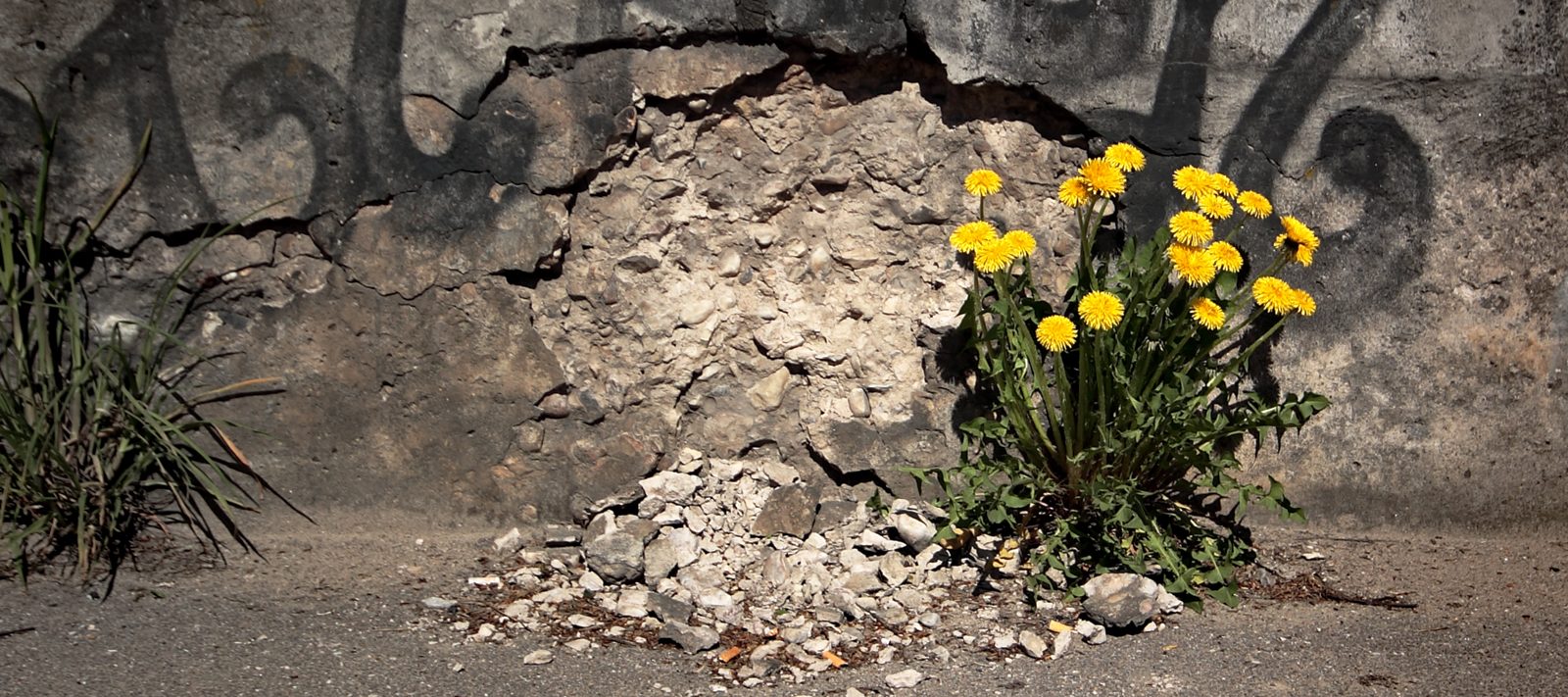Toxic Algae
Late last summer I ran a post-apocalyptic skills summer camp. We traveled to Laurelhurst Park for Calens grappling hook climbing lesson. Calen began his lesson at the west end of the park. Having a shoulder injury I could not partake in the climbing so I began to wander the park in search of food. When I reached the pond I saw that it was almost glowing neon green in color. It looked radioactive. Around the pond was a strip of yellow caution tape and posted every so often were signs that read, “TOXIC ALGAE BLOOM: Microcystis. Please keep away from water.” I thought, isn’t it odd for a pond in a city park to have a toxic algae bloom? Apparently it isn’t as rare as I thought.
What is Toxic Algae and what in the bloomin’ hell is it doing at Laurelhurst Park?
Not all Algae is toxic to animals, in fact some Algae is quite nutritious. Not all algal blooms are toxic, but generally they aren’t good. Non-toxic Algae blooms eliminate all of the oxygen in the water, creating dead zones. Toxic Algae blooms both eliminate the oxygen and produce toxins. Both kinds of Algal Blooms have caused die offs and toxification of aquatic life around the world and are (aside from terrible fishing practices) one of the big reasons why our earth’s oceans are said to be dead of sea life by 2048.
Algal blooms are caused by high level of nutrients such as phosphorus and nitrogen that are washed into the water from fertilizers, sewage, chemical plants, etc. They feed Algae that then reproduces very quickly. Although I’ve read there is evidence that small dead zones and algae blooms have happened naturally, it’s hard to imagine the current scale without the help of agricultural products.
The radioactive green that filled Laurelhurst pond was Microcystis, a kind of Blue-green algae, which I have discovered is not actually an algae but a bacteria called Cyanobacteria. Cyanobacteria looks and acts like algae, but it ain’t algae. It’s a bacteria that uses photosynthesis to get food. This shit gets weirder and weirder.
There are several ways to get poisoned by toxic algaes. If you touch it, your skin will break out. If you drink it you will get sick and if it’s a neurotoxin you will lose your mind. If you eat fish or shellfish who have eaten it you will get poisoned. I know what you’re thinking, “No problem. Just boil the water, right?” Wrong. Boiling the water will kill cyanobacteria, but it will not remove the toxins from the water. It may even increase the level of toxicity by releasing the toxins from the bacteria into the water.
There is no telling how long a bloom will last. Some last days, months or years. Algae seasons vary but most are sometime in the spring to sometime in the fall. I haven’t been to Laurelhurst Park for a few months. Perhaps it’s gone by now. Regardless, I think I can scratch that once beautiful spring-fed pond as a potential water source.
For more info on blue-green algae I found this great PDF.
Current Questions:
1. How did microcystis (an east coast cyanobacteria) make it all the way to the west coast?
2. What caused the Laurelhurst algae bloom? In other words, how did large quantities of phosphorus and/or nitrogen end up in the pond?
—
Show your support and appreciation for Urban Scout


My brother is an assitant professor teaching Phycology (the scientific study of algae), Ecology and Plant Physiology on the east coast. If you have any questions on these topics I could direct them his way.